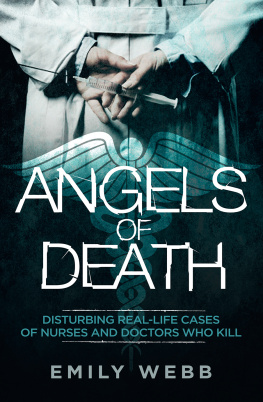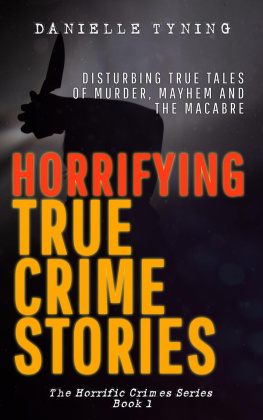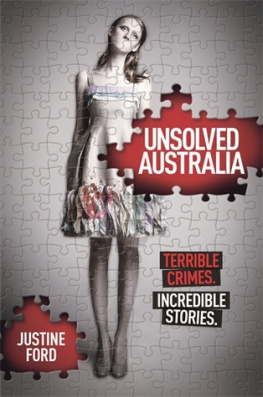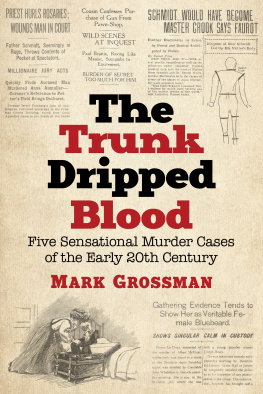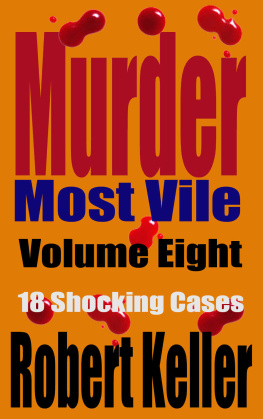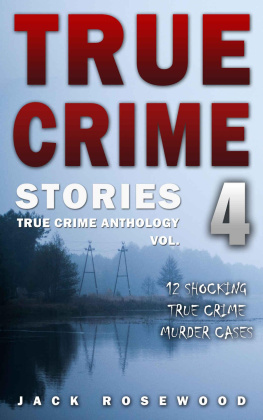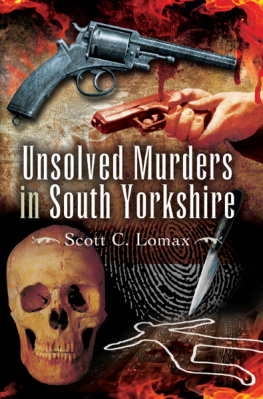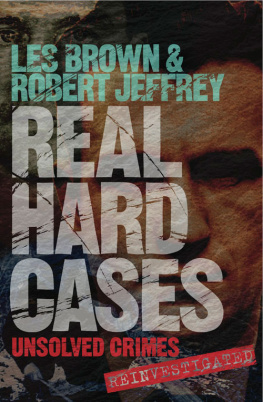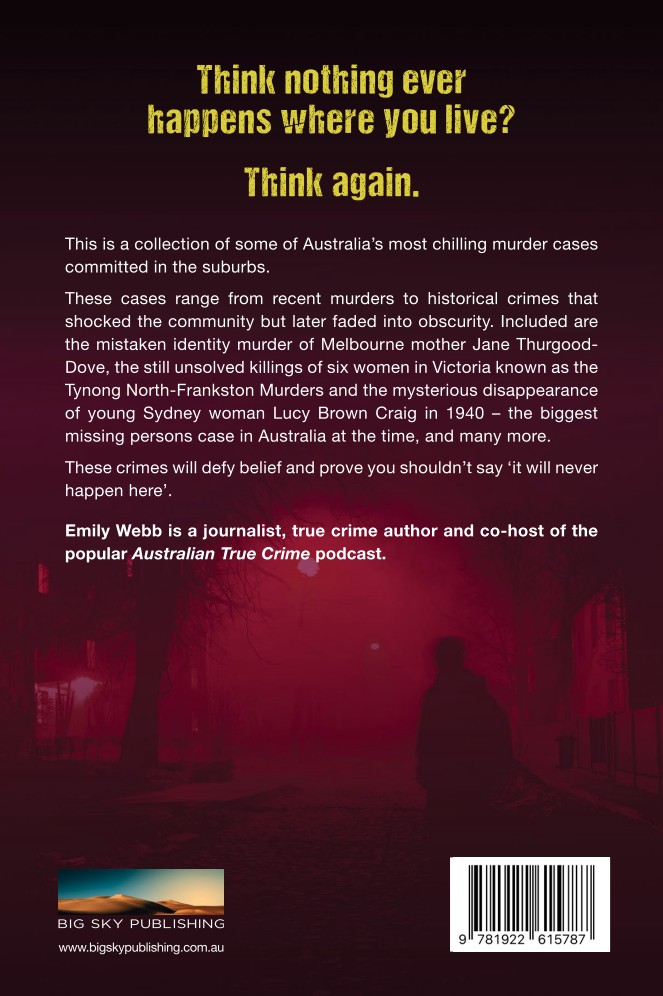For more great titles visit
www.bigskypublishing.com.au
ACKNOWLEDGMENTS
I respectfully acknowledge the Wurundjeri People of the Kulin Nation, who are the Traditional Owners of the land on which I live and wrote this book. I pay my respects to their Elders past, present and those emerging.
Its been several years since my books Murder in Suburbia and Suburban Nightmare were published in 2013 and 2016 respectively.
Suburban True Crime features some cases that were included in Murder in Suburbia and Suburban Nightmare, and it has been updated with new information and interviews. Theres also two new chapters about the still unsolved 1967 murder of a woman named Margaret Pavarno in an armed robbery at her workplace, and the 1984 murder of six-year-old Kylie Maybury. Kylies abduction and murder was unsolved for more than 30 years until a man was arrested and charged in 2016 and later convicted and jailed for life.
In 2017, I embarked on creating a podcast with Meshel Laurie called Australian True Crime. Neither of us could have imagined that our podcast, born from our interest in true crime, society and people would become as popular as it has. I first met Meshel when she asked me to be a guest on a podcast she was hosting at the time and talk about being a true crime writer.
I was excited to meet Meshel, and a little while after wed chatted, she asked whether Id want to do a podcast about true crime with her. I didnt have to be asked twice.
I cant put into words the privilege it has been to do this podcast and talk to so many incredible people our guests, and our listeners.
Meshel, thank you for the opportunity.
Same goes for the people who have assisted me in the writing and content of this updated book (and whod spoken to me for the original books). I am deeply grateful for their time: Lyle Allan, John and Helen Magill, Steve Dolman, Sandra Cory, Samantha Ellis, Craig Ellis, Janet ODonnell, Kyle Simpson, Rebecca Redd, Shannon Connors, Jenny Convery, Cheryl Goldsworthy and John McManus, Janine Greening, Lisa Beverstock, Becky Melcher, Catherine Maree, Wendy Rawaday, Stephen Bennett, and the retired parish priest for his correspondence.
There are writers I look up to and consider friends and mentors who have encouraged me, advised me and supported my work: Megan Norris, Vikki Petraitis, Andrew Rule, Justin Smith, Dr Brian Williams, Sisters in Crime Australia (especially Lindy Cameron, Carmel Shute and Tara Mitchell) and Jason K. Foster.
Thank you to Diane Evans and the team at Big Sky Publishing.
And to everyone who has read my books. I really appreciate hearing from readers, and I hope some of you feel inclined to get in touch, especially if you have a connection to or memories of any of the cases in this book.
I dont take writing about true crime lightly. We all have a responsibility for doing what we can in our communities to reduce the systemic causes of violent offending and to help people who have been affected by crime and trauma.
If you have been affected by the content in this book, phone Lifeline on 13 11 14 or go to lifeline.org.au
If you have any information on unsolved crimes, phone Crime Stoppers on 1800 333 000.
AUTHORS NOTE
The background and information about the murder of Denise Ann Howes came from The Redford Township Police Department in Michigan through a Freedom of information request.
Other resources I used in the writing of this book are the National Library of Australias invaluable database Trove, newspapers.com, Austlii.edu.au, Coroners Court Victorias website, The Public Records Office Victoria, The State Library of Victorias newspaper collection, findagrave.com and ancestry.com.au.
SAME KILLER, DIFFERENT COUNTRIES
On the afternoon of 11 September 1985, in Melbourne, a young woman had a terrifying encounter with a man who would go on to murder two women, in almost identical crimes.
The woman, 30, was in the toilets at the Midtown Plaza (now known as Midtown) in Melbournes central business district at the corner of Swanston and Bourke streets. Its an art deco building with a modest offering of retail shops, dining and six levels of office space and is located on one of the busiest corners of the city.
It was around 2 p.m., and the woman was washing her hands when she felt something hit her on the back. On turning, she saw a man standing there with a crossbow. Reaching around to her back, the woman could feel an arrow protruding out of her body.
It is not known whether the arrow fell out of her back, or the assailant pulled it out, but he then pushed her into a toilet cubicle and held a knife to her throat. Do as I tell you and you wont get hurt, the man told the woman.
He demanded she take off her pants. Trying to stay calm in this life-threatening situation, the woman attempted to take control and asked the man to repeat what hed said to her. It was a strategy to slow things down and buy her time. The woman told her attacker she was expecting a friend to arrive at any moment and that hed be caught if he didnt let her go. The young man then hurriedly got his crossbow and left the toilets.
A few months later, the woman saw the image of her attacker on television and in newspapers. It was his eyes she recognised first ... his frightening eyes. His name was Kurt Michael Dumas, and he was in the media because hed been charged with murdering a young woman with a crossbow.
***
Kurt Dumas and Lyndell Martin were friends. The pair, aged 20 and 19 respectively, had known each other around three years. They had met when they were both patients at the Parkville Adolescent Unit in Melbourne in 1982 and had kept in sporadic contact. Ms Martin lived with schizophrenia, and Dumas had psychiatric conditions that had already seen him hospitalised several times.
On 18 November 1985, Dumas popped around to Lyndells flat in Carlton and arrangements were made for her to come to his place in inner-city Fitzroy that night for dinner. It had been several months since they had seen each other.
What exactly went on in the flat that evening is not known, but Lyndell Martin never made it home. She would be found dead, by Dumass mother Gail, in the bathroom/laundry of his Clauscen Street flat four days later. The Sun reported that a 14-centimetre steel-tipped arrow was embedded in Lyndells abdomen.
The day after hed killed Lyndell, Dumas fled to his parents house in Chadstone (a south-eastern suburb) thats best known for being home to a mega-shopping centre. He took two .22 rifles, and the next day boarded a train to Ouyen, more than 400 kilometres from Melbourne, near the town of Mildura. Why Dumas chose this town is unknown.
He was arrested in Ouyen on 20 November and charged for being in possession of the firearms. Sergeant Paul Gunning, the arresting officer, followed his copper instinct and spoke to Dumas just outside the town. Dumas told Sergeant Gunning he was in the area for hunting, hence the rifles. While Dumas pretended to look for his shooters licence (he didnt have one), the policeman saw an array of other things in the bag, including a knife, which Dumas said he used for skinning rabbits. Dumas gave the sergeant a false name and address.
On 21 November, he returned to Melbourne, to his flat, where Lyndell was still on the bed. Dumas moved her body to the bathroom/laundry and covered it with towels, which is how she would be found the next day.
Next page

